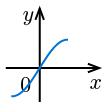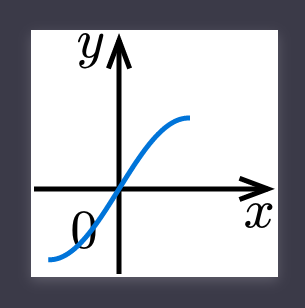My question is concerning the bounding box of characters in typst. Currently, the bounding box of small letter characters have the same height as those of capital letter characters; when we reveal the bounding boxes of ‘x’ and ‘X’ by
#box([x], stroke: black)#box([X], stroke: black)
we see that these have the same height:
![]()
The small letter x has some additional white space at the top. My question is the following
Question
Will accurate bounding boxes be implemented in the future?
And perhaps: would there be a rough or very rough estimate of when? I didn’t see it on the roadmap, but I might have overlooked it.
Context
The reason I’m interested in this is the following, it might be of interest to others too. Currently when putting a label in a CeTZ picture, the vertical positioning of the actual character / text of the label looks sometimes slightly off because for some characters the bounding box is too tall, which offsets the center of the character. Just as one example, a situation where it matters is when labeling axes in a plot.
When you want to create a plot (I’m using the CeTZ-plot library for this) and position each axis label such that the north-east of its bounding box is put at the tip of the axis arrow:
set-style(axes: (label: (anchor: "north-east")))
The plot would look like this
The x-label is fine, the right border of the x coincides with the tip of the arrow. The y-label though looks off as it seems shifted down a little bit. This is of course because its bounding box includes some white space at its top.
For completeness, here is the code of the plot:
#cetz.canvas({
import cetz.draw: *
import cetz-plot: *
set-style(
axes: (label: (anchor: "north-east")),
)
plot.plot(
axis-style: "school-book",
x-tick-step: none, y-tick-step: none,
x-label: $x$, y-label: $y$,
{
plot.add(
domain: (-1.6, 1.6),
t => calc.sin(t)
)
}
)
})

